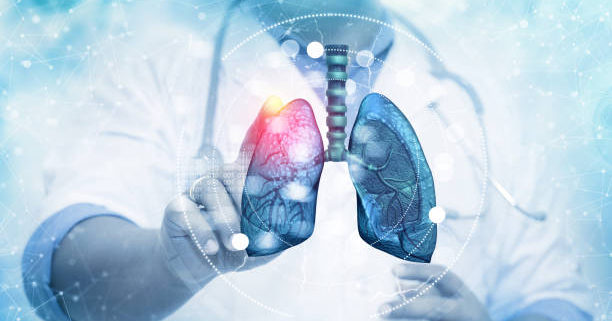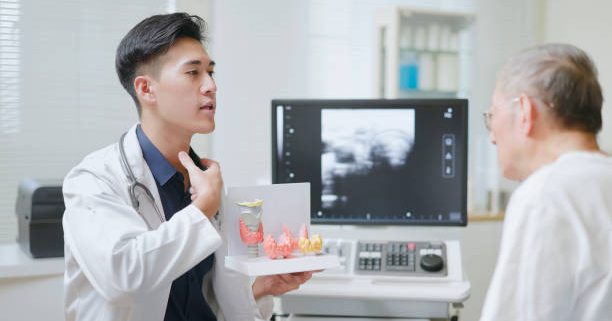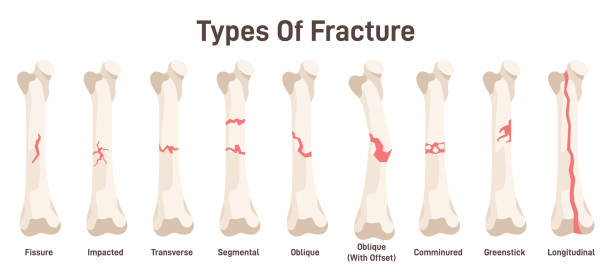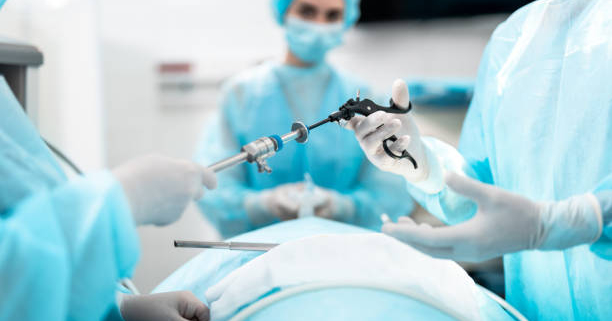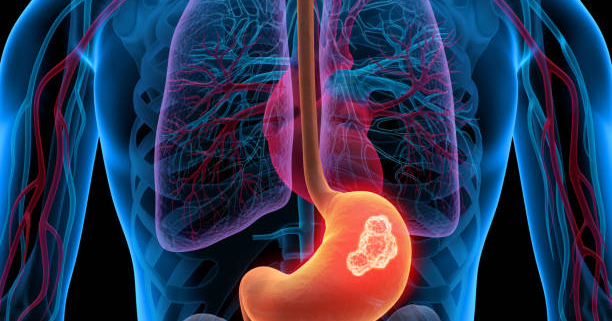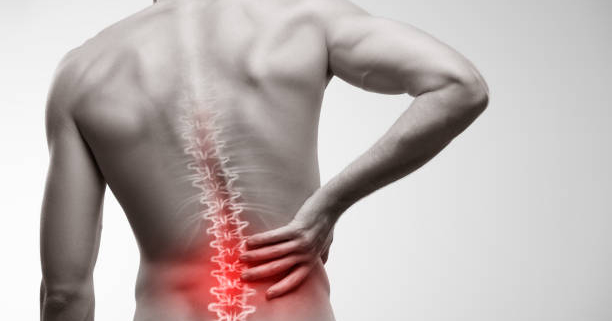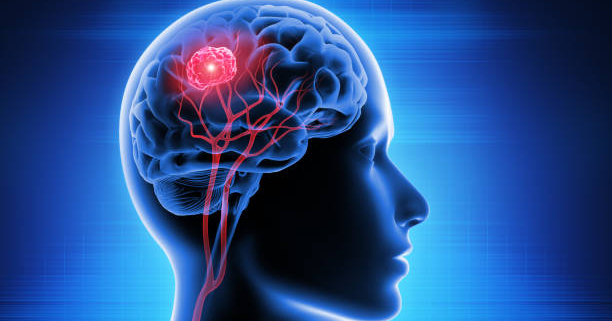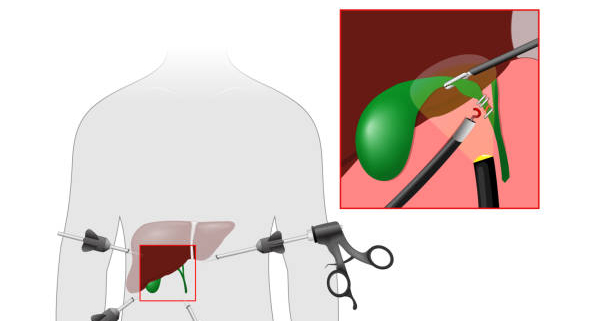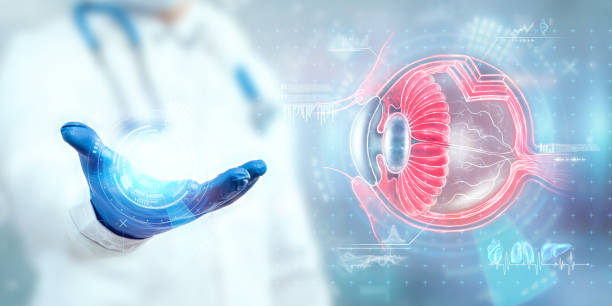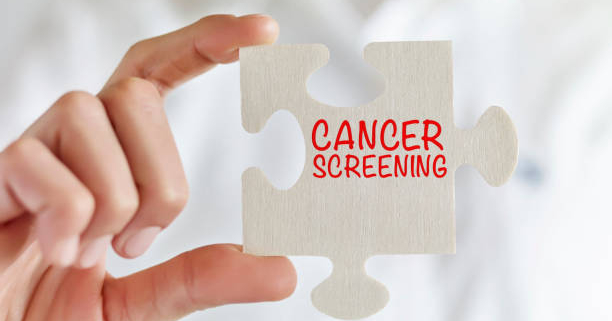Acute respiratory failure (ARF) is a life-threatening condition where the lungs struggle to deliver enough oxygen to the bloodstream and remove excess carbon dioxide. This vital gas exchange is compromised, leading to organ damage and the urgent need for medical attention. ARF can develop suddenly (acute) or worsen gradually from pre-existing breathing problems (chronic). Understanding the causes, risk factors, and consequences of ARF is crucial for protecting lung health and seeking timely intervention.
Causes of Acute Respiratory Failure: A Multifaceted Threat
Several medical conditions can trigger ARF, each posing a unique threat to lung function:
- Pneumonia: Severe lung infections cause inflammation and fluid buildup in the air sacs, hindering oxygen absorption.
- Chronic Obstructive Pulmonary Disease (COPD): Long-term respiratory illnesses like COPD can worsen, leading to acute respiratory failure.
- Pulmonary Embolism: Blockages in the pulmonary arteries restrict blood flow to the lungs, hindering oxygen exchange.
- Acute Respiratory Distress Syndrome (ARDS): Severe lung injury due to trauma or infections causes extensive inflammation, impacting breathing.
- Asthma: Severe asthma attacks can drastically restrict airways, limiting gas exchange and airflow.
- Neuromuscular Disorders: Diseases like muscular dystrophy and ALS weaken respiratory muscles, making breathing difficult.
- Inhalation Injuries: Inhaling smoke, fumes, vomit, or experiencing near-drowning can cause acute lung injury and respiratory failure.
- Sepsis: Widespread inflammation from this life-threatening infection can extend to the lungs, causing respiratory failure.
- Head/Chest Injuries: Severe trauma to the head, chest, or other areas can directly damage the lungs or the brain’s respiratory center, impacting breathing.
Risk Factors: Who’s More Susceptible to ARF?
Certain factors increase the likelihood of developing ARF, particularly in individuals with existing health issues:
- Chronic Lung Conditions: Those with COPD, asthma, or other chronic lung ailments are at higher risk.
- Age: Elderly individuals are more susceptible due to weakened respiratory function.
- Premature Birth: Premature babies with underdeveloped lungs, pulmonary hypertension, or lung birth defects are at higher risk.
- Smoking: Damages lung tissue and weakens the immune system, increasing ARF risk.
- Obesity: Excess weight can restrict lung expansion and hinder breathing.
- Weakened Immune System: Compromised immunity due to drugs, chronic illnesses, or HIV/AIDS increases ARF risk.
- Sedatives: Certain medications used during surgery can suppress breathing, leading to ARF, especially in high-risk individuals.
- Occupational Hazards: Exposure to chemicals, dust, and pollutants at work can damage the lungs and raise ARF risk.
- Physical Inactivity: Lack of exercise weakens heart and lung function, increasing ARF risk.
The Devastating Consequences of ARF on Lung Health
ARF’s impact on lung health is severe, with both immediate and long-term effects:
- Tissue Damage: Low blood oxygen and high carbon dioxide levels cause tissue hypoxia (oxygen deprivation) and inflammation. This can damage lung tissue and lead to fibrosis (scarring).
- Strained Respiratory Muscles: Difficulty breathing forces patients to exert more energy to stay ventilated, straining respiratory muscles and potentially worsening their condition.
- Increased Infection Risk: Mechanical ventilation can increase the risk of secondary infections, adding to patients’ health challenges.
- Higher Mortality Risk: Patients with a history of ARF, especially those with recurrent episodes or underlying chronic conditions, have a higher risk of death.
Treatment Strategies: Fighting for Recovery
Due to its potentially fatal nature, ARF requires immediate medical diagnosis and emergency care in a hospital setting. Treatment focuses on stabilizing the patient, addressing the underlying cause, and supporting the lungs until they can function independently. Key components of ARF treatment include:
- Oxygen Therapy: Supplemental oxygen is administered to maintain adequate blood oxygen levels.
- Mechanical Ventilation: When patients cannot breathe adequately on their own, mechanical ventilation may be necessary. This can involve non-invasive techniques like masks or invasive techniques like endotracheal intubation.
- Medications: Depending on the cause, treatment may involve diuretics to reduce fluid buildup, bronchodilators to open airways, antibiotics to fight infections, and corticosteroids to reduce inflammation.
- Treating the Underlying Cause: Addressing the root cause of ARF, such as treating infections or managing flare-ups of chronic diseases, is crucial for recovery.
- Supportive Care: Proper nutrition, hydration, and monitoring are essential, alongside physical therapy and pulmonary rehabilitation to strengthen respiratory muscles and improve lung function.
Preventing ARF: Taking Charge of Your Lung Health
The key to preventing ARF lies in managing underlying conditions and reducing risk factors. Here are some essential strategies:
- Regular Medical Checkups and Treatment Adherence: Schedule regular checkups with your doctor to monitor your health and identify any potential respiratory issues early on. If you have a chronic lung condition like COPD or asthma, diligently follow your doctor’s treatment plan, which may include medications, inhalers, and lifestyle modifications. This proactive approach can help prevent flare-ups and minimize the risk of ARF.
- Vaccination: Getting vaccinated against respiratory infections like influenza and pneumonia is crucial, especially for those at higher risk, such as the elderly and individuals with chronic health conditions. These vaccinations significantly reduce the chances of developing severe respiratory illnesses that could progress to ARF.
- Smoking Cessation: Smoking is a major risk factor for ARF. Quitting smoking is one of the most effective ways to protect your lungs and reduce your risk of developing respiratory problems, including ARF. Numerous resources and support programs are available to help you quit smoking successfully.
- Maintaining a Healthy Weight: Obesity can strain your lungs and make breathing difficult. Maintaining a healthy weight through a balanced diet and regular exercise can significantly improve lung function and reduce the risk of ARF.
- Healthy Lifestyle Habits: A healthy lifestyle that incorporates regular physical activity, a balanced diet rich in fruits, vegetables, and whole grains, and adequate sleep is essential for overall health, including lung function. Exercise strengthens your respiratory muscles and improves lung capacity, making you less susceptible to respiratory problems.
- Occupational Safety: If your work environment involves exposure to dust, chemicals, or fumes, wear appropriate personal protective equipment (PPE) like masks and respirators to minimize lung damage. Talk to your employer about workplace safety measures to protect your respiratory health.
- Environmental Awareness: Be mindful of air quality, especially if you live in an area with high pollution levels. Limit outdoor activity on days with high pollution and consider using air purifiers indoors to improve air quality.
By implementing these preventive measures and maintaining a healthy lifestyle, you can significantly reduce your risk of developing ARF and safeguard your lung health. Remember, early detection and intervention are critical for successful ARF treatment. If you experience any symptoms of respiratory distress, such as shortness of breath, rapid breathing, chest tightness, or wheezing, seek immediate medical attention.

